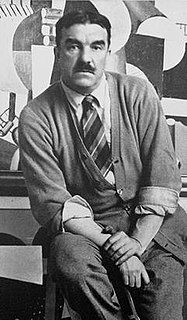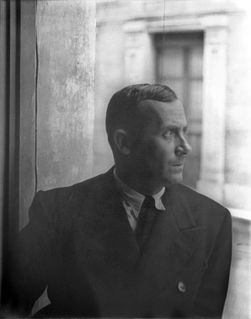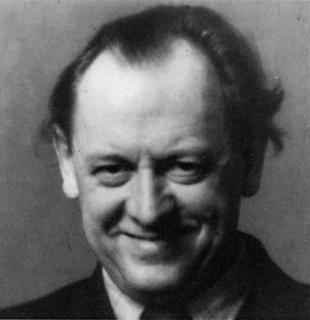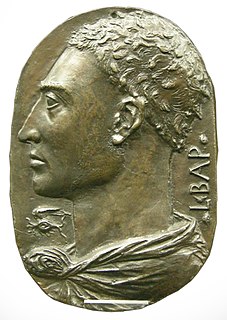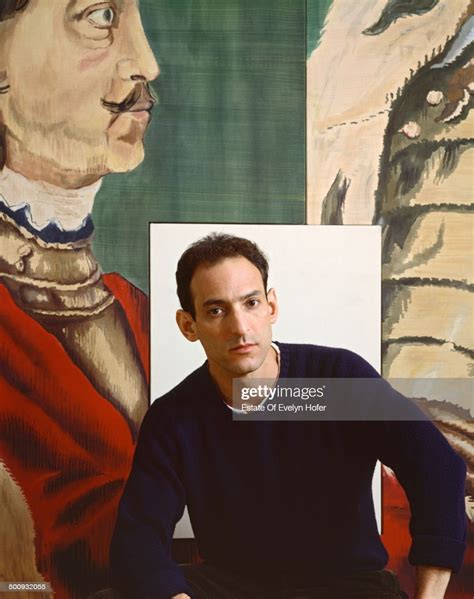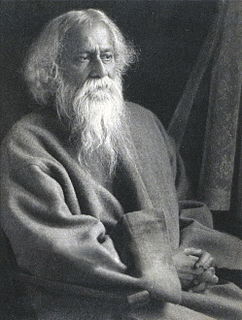A Quote by Daniel Levitin
What makes a set of lines and colors into art is the relationship between this line and that one; the way one color or form echoes another in a different part of the canvas.
Related Quotes
Never, never do I set to work on a canvas in the state it comes in from the shop. I provoke accidents - a form, a splotch of color. Any accident is good enough. I let the matiere decide. Then I prepare a ground by, for example, wiping my brushes on the canvas. Letting fall some drops of turpentine on it would do just as well. If I want to make a drawing I crumple the sheet of paper or I wet it; the flowing water traces a line and this line may suggest what is to come next.
What quality is shared by all objects that provoke our aesthetic emotions? Only one answer seems possible— significant form. In each, lines and colors combined in a particular way; certain forms and relations of forms, stir our aesthetic emotions. These relations and combinations of lines and colors, these aesthetically moving forms, I call ‘Significant Form’; and ‘Significant Form’ is the one quality common to all works of visual art.
There are so many different ways to talk and think about art. We just spoke about when attitude becomes form. But when I was a kid, I had these two art teachers, a couple, who were continuing a line of very classical, atelier art training, and they instilled in me a sensitivity to all the classical verities of line, shape, color, texture, and composition, which is only engaging if you're making two-dimensional objects.
S&M is just a set of practices that get classified as a single category, when more accurately they are a part of much larger set of behaviors: expressions of love, and self, and play, and even art. There is no hard line between "vanilla" sex and S&M sex, or any other kind of relation between people.
Sculpture, for me, provides that environmental discipline where you actually move in and around it. And if you have a good collaboration with an architect, to combine those aspects of color - I'm talking about color becoming a form within the building - that is a very different approach. I love contemporary architecture, which makes collaboration more interesting-and you have to be able to collaborate. It's like making a film, in a way: Everyone is a part of the team.


